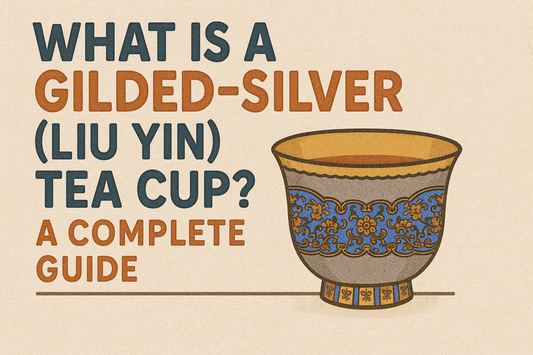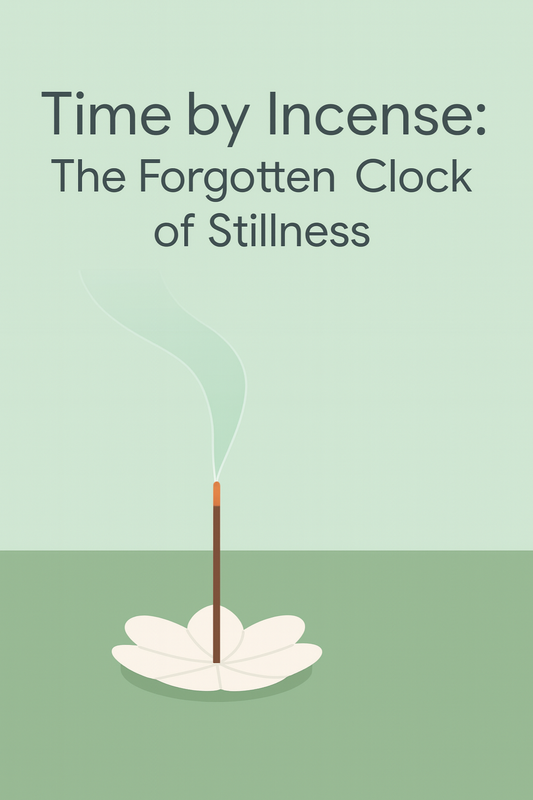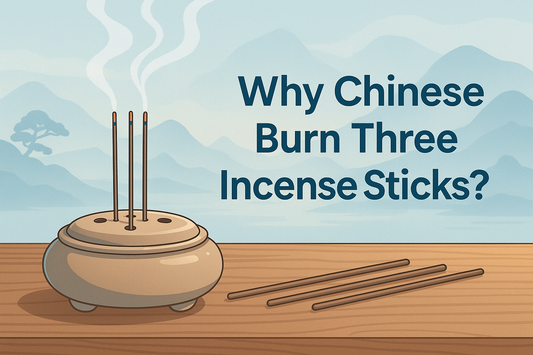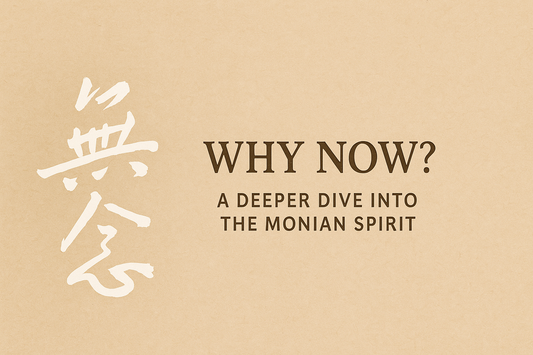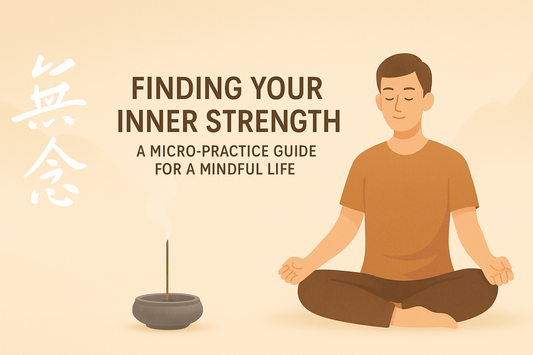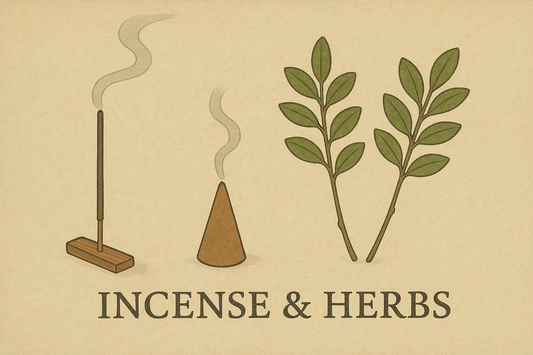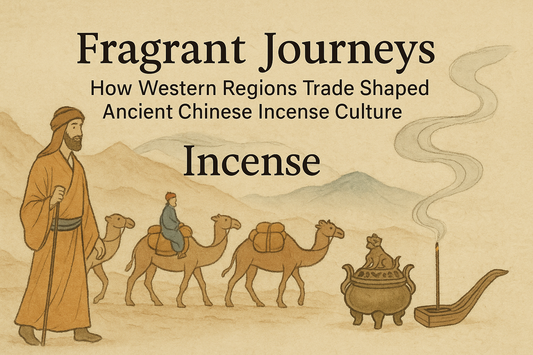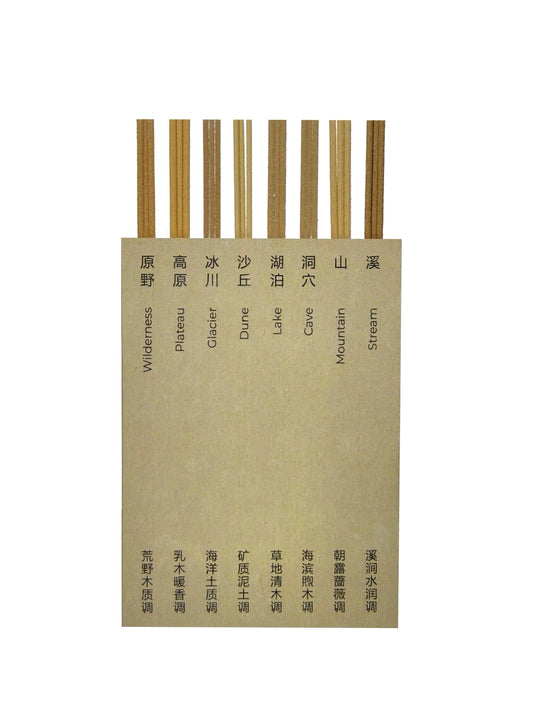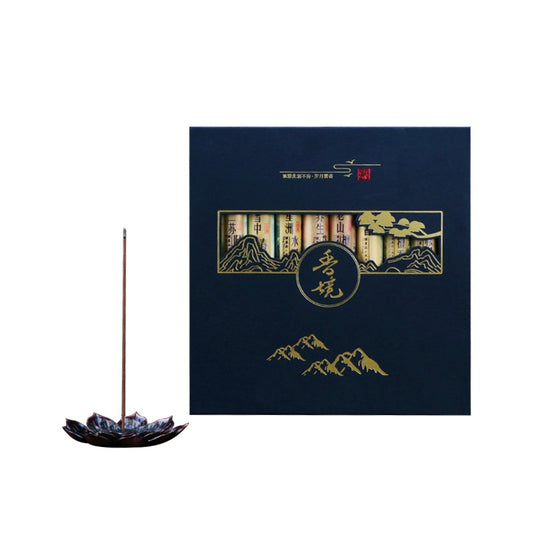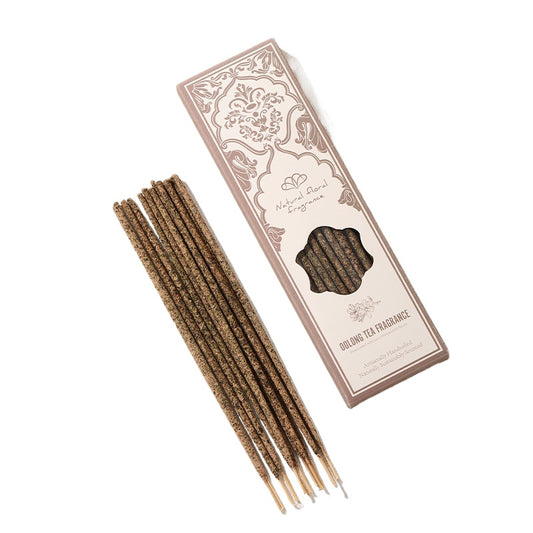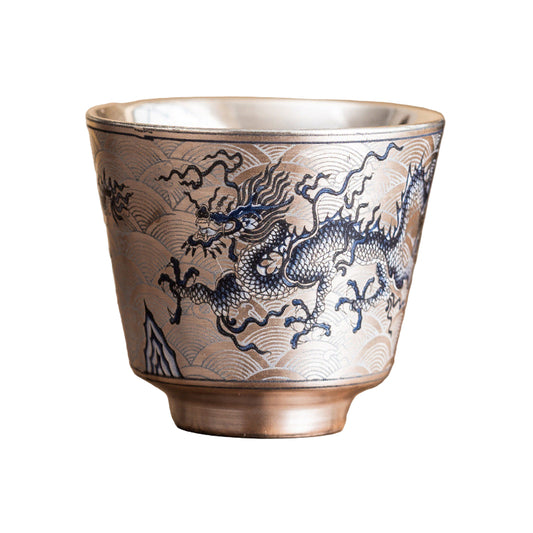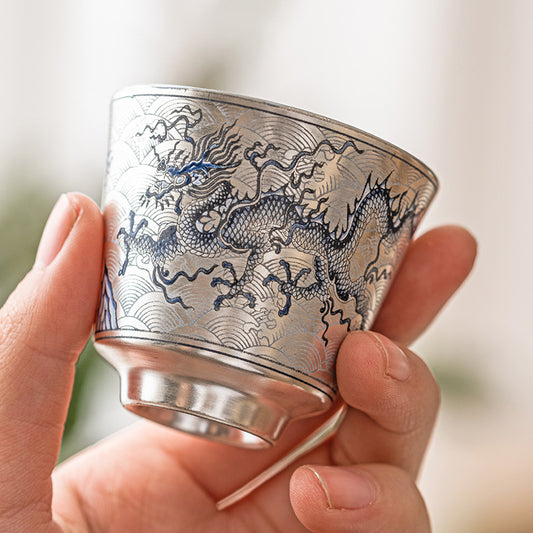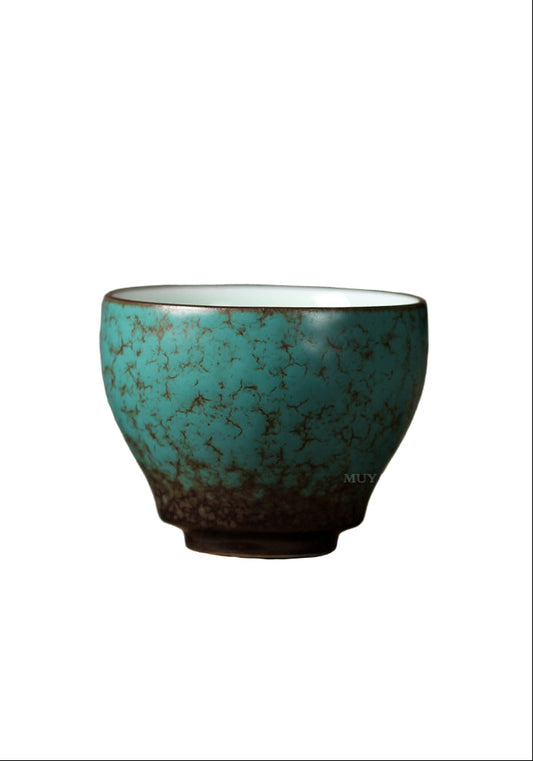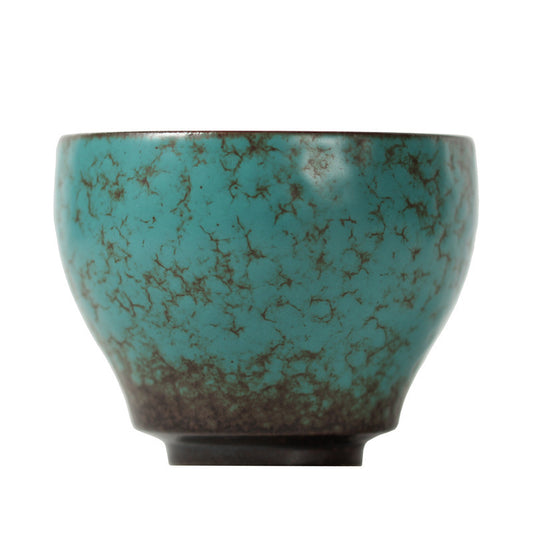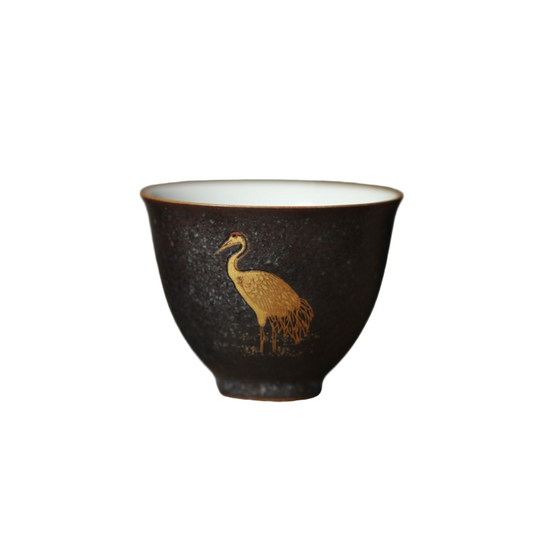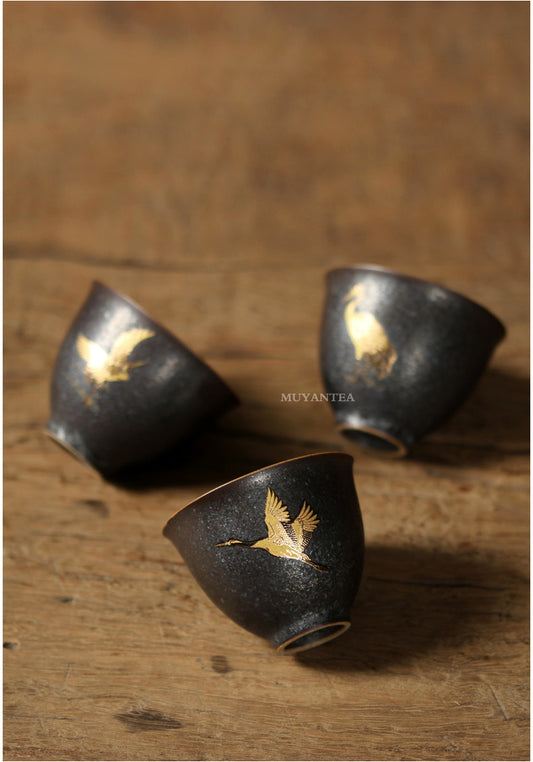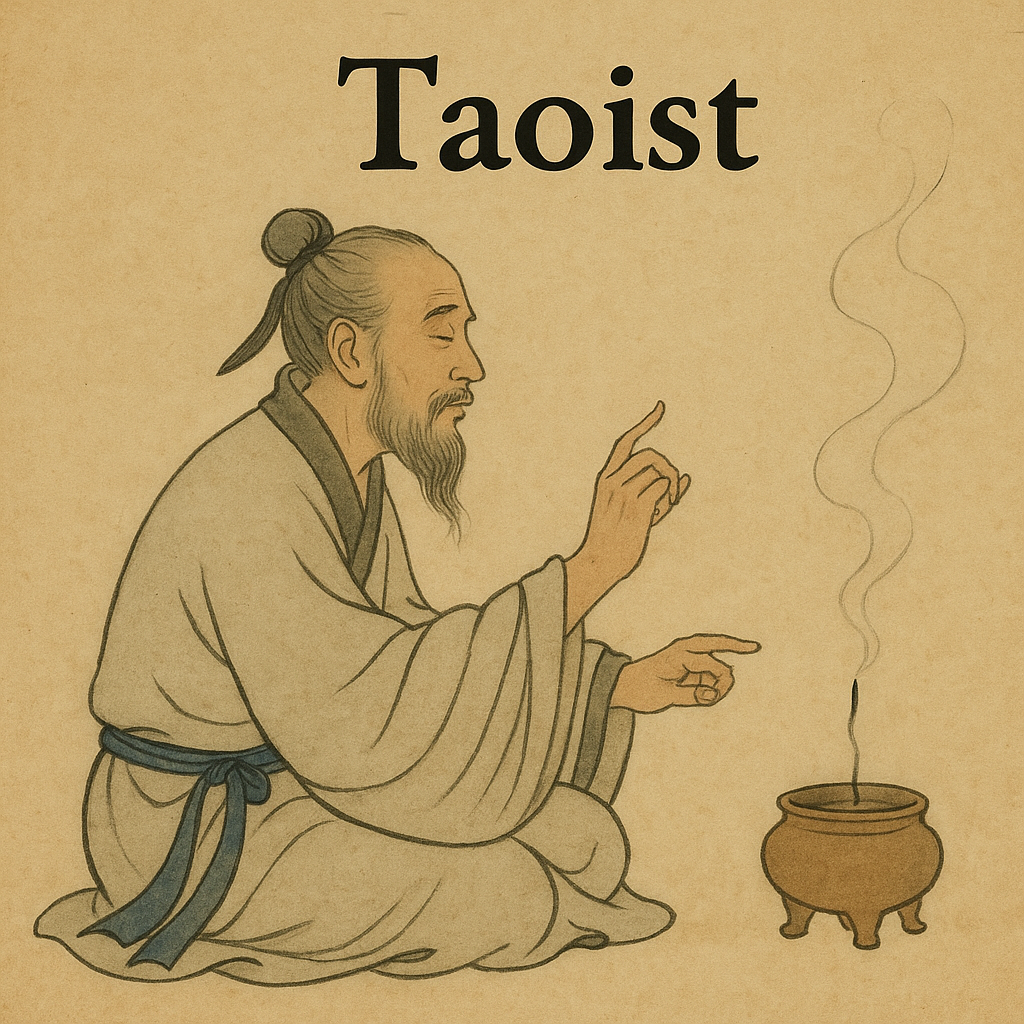
Incense as the Taoist Bridge to Inner Peace
The Whispers of the Dao: How Incense Illuminates the Taoist Path - Taoist Incense, Chinese Incense, Taoism, Incense RitualsUnveiling the Sacred Scents
A Taoist Journey Through Incense and Inner Harmony
Greetings, fellow seekers of harmony and wisdom! Chris Chen here, your guide from Monian, ready to embark on another fragrant journey. Today, we delve into a realm where the mundane meets the mystical, where earthly scents ascend to celestial spheres: the profound and often poetic use of incense in Taoist practice. It's more than just a pleasant aroma; it's a bridge, a prayer, a purification, and a silent conversation with the very essence of the Dao.
For centuries, long before the first wisps of recorded history, ancient shamans in China burned aromatic plants to invoke spirits and dispel malevolent forces. This primal connection between scent and the sacred laid the groundwork for what would become a cornerstone of Taoist ritual. As Taoism blossomed, particularly during the Tang Dynasty (618–907 CE), Ritual Incense became formalized within its rites. It wasn't just about making things smell nice; it was about creating a sacred atmosphere, communicating with deities, and aligning oneself with the cosmic flow.
The Taoist of Scent: Understanding Incense in Taoist Cosmology Taoist incense symbolism, Five Elements, Qi, Shen
In Taoist cosmology, every element, every action, every breath is interconnected, a part of the grand, unfolding Dao. Incense, in its very essence, embodies this principle of transformation and purification. When a stick of incense is lit, it undergoes a profound metamorphosis: solid material transforms into ethereal smoke, rising upwards, mirroring the Taoist belief in the cyclical nature of existence and the ascent of the spirit. This rising smoke isn't just vapor; it's believed to be a conduit, carrying prayers, intentions, and offerings from the earthly realm to the heavens, to the deities, ancestors, and cosmic forces that govern the universe.
This symbolic journey of smoke also beautifully reflects the fusion of yin and yang – the material becoming immaterial, the earthly turning spiritual. It's a tangible representation of the Daoist understanding that all matter is transient, interconnected, and constantly flowing. The very act of burning incense is a meditation on impermanence, a reminder to embrace the present moment and the ever-changing nature of reality.
Furthermore, incense in Taoism is deeply intertwined with the concept of the Five Elements (Wood, Fire, Earth, Metal, and Water), which are fundamental to Taoist philosophy and medicine. Different types of incense, made from various natural ingredients, are believed to embody and balance these elements, thereby harmonizing spaces and individuals. For instance, certain woody incenses might resonate with the Wood element, promoting growth and vitality, while earthy blends could ground and stabilize. In ritual, incense represents both qi (life energy) and shen (spirit), which can be cleansed, uplifted, or refined through its judicious use.
Rituals and Rhythms: How Incense is Woven into Taoist Practice Taoist incense rituals, daily offerings, purification, seasonal festivals, incense divination, meditation
Incense is not a monolithic entity in Taoism; its use varies widely depending on the specific ritual, the temple's status (from grand, state-supported institutions to humble community altars), regional customs, and historical factors. However, certain core practices remain universal, forming the rhythmic heartbeat of Taoist devotion.
Daily Offerings and Silent Conversations
For many Taoist practitioners, lighting incense is a foundational daily practice. It's a moment of quiet reverence, a personal connection to the divine. In grand temples, priests meticulously conduct these rituals, often using costly, imported incense – a symbol of the temple's wealth and its deep connection to celestial beings. The rising smoke from these precious sticks signifies the sincerity of the offering and the purity of the practitioner's heart. Conversely, in smaller, community-based temples, or even at personal home altars, the practice is more accessible. Here, devotees might bring their own incense, often simple stick incense made from local herbs, placing them in communal burners as a shared act of devotion.
Home altars, in particular, are intimate spaces where families honor their ancestors, seeking blessings and protection. Lighting incense here is a daily ritual, a way to invite ancestral spirits into the home and maintain a continuous lineage of respect and gratitude. The choice of simple stick incense for personal practice often reflects a deep connection to regional materials and the spirits of the land, embodying a humble yet profound devotion.
Purification and Sacred Space: Cleansing with Smoke
One of the most vital roles of incense in Taoism is purification. Before any significant ritual, or even as a daily practice, incense is used to cleanse spaces and individuals of negative energies, preparing them for spiritual work. The fragrant smoke is believed to drive away malevolent spirits and clear stagnant qi, creating a pristine environment conducive to spiritual connection. High temples might employ complex herbal mixtures, with trained priests guiding the smoke in specific patterns to bless and protect ritual objects and participants. These elaborate ceremonies can last for hours, with continuous streams of premium incense smoke permeating every corner of the sacred space.
In contrast, community temples and individual practitioners often perform simplified versions of these purification rituals, using more affordable herbs or locally sourced incense sticks. The focus remains the same: to purify, to cleanse, and to create a harmonious environment for spiritual practice. The intention behind the act, rather than the cost of the incense, is paramount.
Seasonal Festivals and Grand Offerings
Taoist festivals are vibrant celebrations, deeply rooted in ancient traditions, and incense plays a central role in almost all of them. During major festivals like the Ghost Festival, Chinese New Year, and the Qingming Festival, incense serves as a grand offering to ancestors, spirits, and deities. These occasions are marked by elaborate ceremonies, where high temples might use massive coils of incense or large quantities of aromatic wood, symbolizing continuous reverence and devotion. The sheer volume of smoke rising from these offerings is a powerful visual testament to the community's faith and dedication.
For instance, during the Qingming Festival, families visit ancestral tombs, bringing incense to burn as a sign of respect and remembrance. While some might use high-quality incense, many rely on locally produced varieties, emphasizing the communal aspect of honoring their heritage. The act of burning incense together, as a family or community, reinforces bonds and strengthens the collective spiritual connection.
Incense Divination: Whispers from the Spirit World
Beyond offerings and purification, incense also serves as a tool for divination in some Taoist traditions, a practice known as xiangfa (香法). This involves interpreting the movements, shapes, and colors of the incense smoke to receive messages from the spirit world. In high temples, skilled priests might employ specialized incense blends designed to produce rich, dense smoke, believed to enhance the clarity of these divinatory messages. The subtle dance of the smoke, its direction, its patterns, all hold potential meaning, offering insights into future events or divine guidance.
While xiangfa is a more specialized practice, often reserved for major ceremonies and trained personnel, it highlights the profound belief in incense as a direct line to the unseen realms. It's a testament to the Taoist understanding that the universe is constantly communicating with us, and sometimes, the messages arrive on the wings of fragrant smoke.
Meditation and Inner Cultivation: The Scent of Serenity
For individual practitioners, incense is an invaluable aid in meditation and inner cultivation. The tranquil scent and rising smoke create a serene atmosphere, helping to calm the mind, deepen concentration, and facilitate a meditative state. Many Taoist sects focused on internal alchemy use incense as a subtle yet powerful tool to create a sacred environment for their practices. Simple stick incense, with its steady burn and consistent aroma, is often preferred for personal meditation, helping to anchor attention and promote mindfulness. It's a gentle reminder to stay present, to breathe deeply, and to connect with the inner Dao. The tradition of using Chinese Incense in meditation has been passed down through generations, maintaining its sacred significance in modern practice.
The Cost of Incense in Taoism: A Historical Perspective Taoist incense cost, historical incense trade, sustainable incense
The economic history of incense in Taoism reveals a fascinating interplay between spiritual devotion and material wealth. Historically, there was a clear distinction between the incense used by high temples (often supported by aristocratic or imperial patronage) and that used by low temples or individual practitioners. During the Tang and Song Dynasties, precious incense materials like agarwood and sandalwood were imported from Southeast Asia and India, making them incredibly costly and largely reserved for the elite.
However, this didn't deter the common people. Low temples and rural communities often relied on local materials or inexpensive alternatives, such as pine, cedar, or various herbal blends. These more accessible incenses, while perhaps not as exotic, still served the same spiritual purpose. The emphasis was always on the sincerity of the offering, not its monetary value. Today, while premium incenses are still highly prized, there's a growing movement towards sustainably sourced, natural, and hand-rolled incenses, balancing tradition with environmental consciousness.
Regional Variations and Modern Adaptations Taoist incense regional practices, modern Taoist incense, eco-friendly incense
Taoist incense practices also exhibit fascinating regional variations, influenced by climate, cultural traditions, and the availability of local resources. For instance, in colder northern China, temples often use resinous woods like pine and cedar, which are abundant and practical for indoor ceremonies and resonate with the seasonal elements. In warmer southern China and Taiwan, coil incense is more prevalent, often imported from tropical sources, and herbal mixtures are common. These regional differences highlight the adaptability and organic growth of Taoist traditions.
In modern times, Taoist temples and practitioners are increasingly aware of environmental and ethical concerns. There's a growing preference for low-smoke incense and sustainably harvested materials. This reflects a contemporary understanding of the Dao, where spiritual practice extends to ecological mindfulness. High temples continue to source high-quality, pure incense from sustainable suppliers, while low temples and individual practitioners often adopt cost-effective, eco-friendly alternatives.
Conclusion: The Enduring Fragrance of the Dao Taoist incense significance, spiritual connection, Chinese Incense culture
Incense in Taoism is far more than just a ritualistic accessory; it's a deeply symbolic and essential element that adapts to various socio-economic, regional, and historical contexts. From the grand offerings of high temples to the humble stick lit at a home altar, incense continues to reflect the diversity and devotion within Taoist practice. This timeless ritual, balancing tradition and adaptation, remains a powerful conduit connecting Taoist practitioners with ancestors, deities, and the cosmic Dao, offering a living legacy of both historical continuity and modern consciousness.
As the fragrant smoke rises, it carries with it not just prayers, but centuries of wisdom, a silent testament to the enduring power of the Dao. It invites us to pause, to breathe, to connect, and to find our own path to harmony in the subtle dance of scent and spirit. So, the next time you light an incense, remember the profound journey it represents, and let its whispers guide you towards a deeper understanding of the Dao.
Discover the Harmony of Scent and Spirit
Ready to explore the profound world of traditional Chinese Incense? Visit MonianLife.com to discover our curated collection of natural, handcrafted incense, designed to elevate your practice and bring serenity to your space. Each stick is a journey, a connection to ancient wisdom, and a step closer to inner harmony.
Shop Our Incense Collection NowReferences
- The Taoism for Modern World. "Why Taoists Burn Incense at Altars – Ritual, Meaning & Energy." November 19, 2024.
- Heazz. "The Symbolism of Incense in Taoism: 9 Profound Meanings." November 4, 2024.
- Dao World. "Taoist Incense Culture - 道教香文化." February 13, 2022.
- INCENZO. "Incense in Taoism — part 1." August 27, 2024.
- Wikipedia. "Incense in China." Accessed August 12, 2025.


